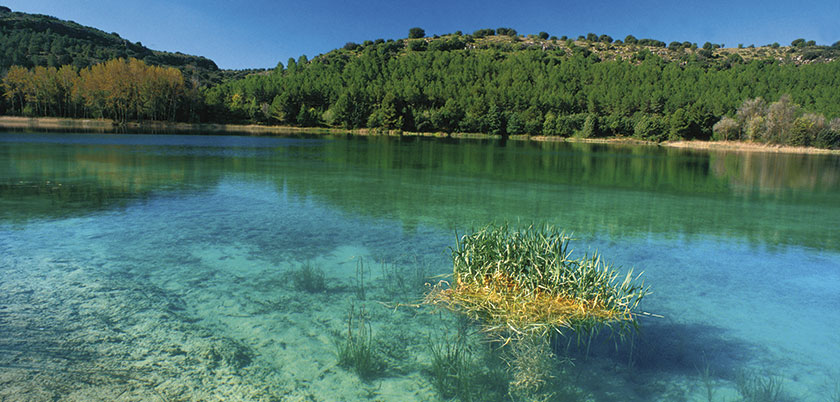
An explosion of the purest nature, with waterfalls and cascades, the Ruidera Lakes (Lagunas de Ruidera) have been declared a Biosphere Reserve by UNESCO, and appear before the visitor's eyes as an oasis of water and plants in the heart of La Mancha's arid plains. Wetlands with extraordinary flora and fauna, along with unforgettable dawns and dusks await those who decide to visit this unique site.
The Ruidera Lakes are naturally formed by a group of 16 small lakes on different levels with an altitude difference of 120m between the first lake called "La Blanca" and the last lake "La Cenagosa" . Some are interconnected, and turn this otherwise arid area of ochre tones, into a real oasis. Besides the area’s natural beauty, it also offers the chance to practise a variety of leisure and sports activities.
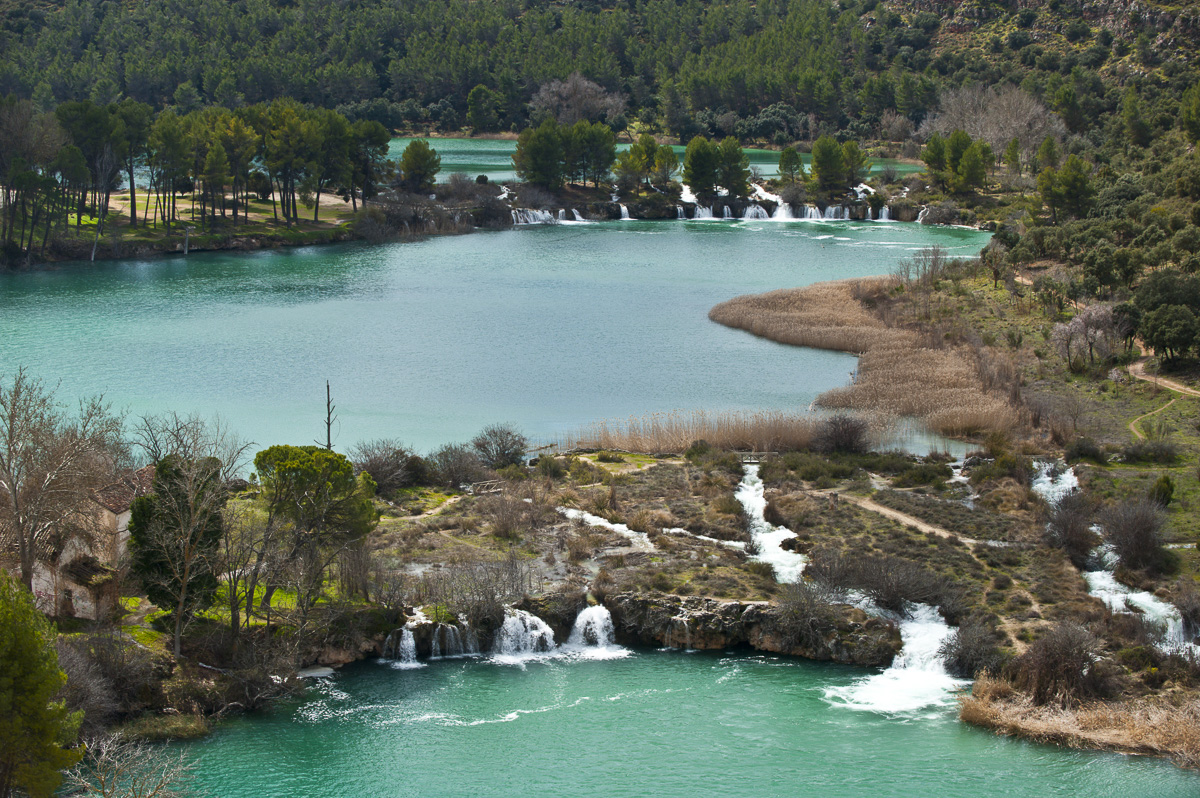
Walking, fishing, golf, canoeing, sailing and scuba diving are some of the activities you can enjoy in this protected Nature Reserve which spans over 4,000 hectares between the provinces of Ciudad Real and Albacete and fortunately for us is just a stones throw away from our village property in Valdepeñas.
These lakes also provide a rest area for migratory birds such as common pochards, red-crested pochards, common mallard, great crested grebes and purple herons. These species live together with a rich autochthonous fauna full of birds including partridges, azure-winged magpies, woodpigeons, and bee-eaters; as well as foxes,otters, rabbits, genet and bats.
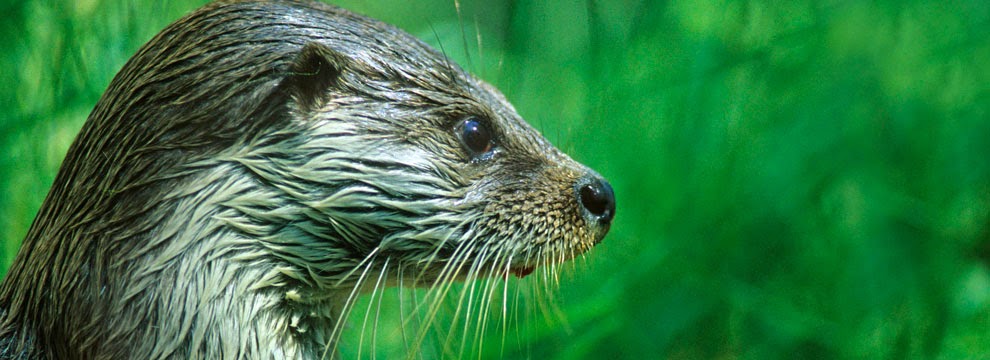
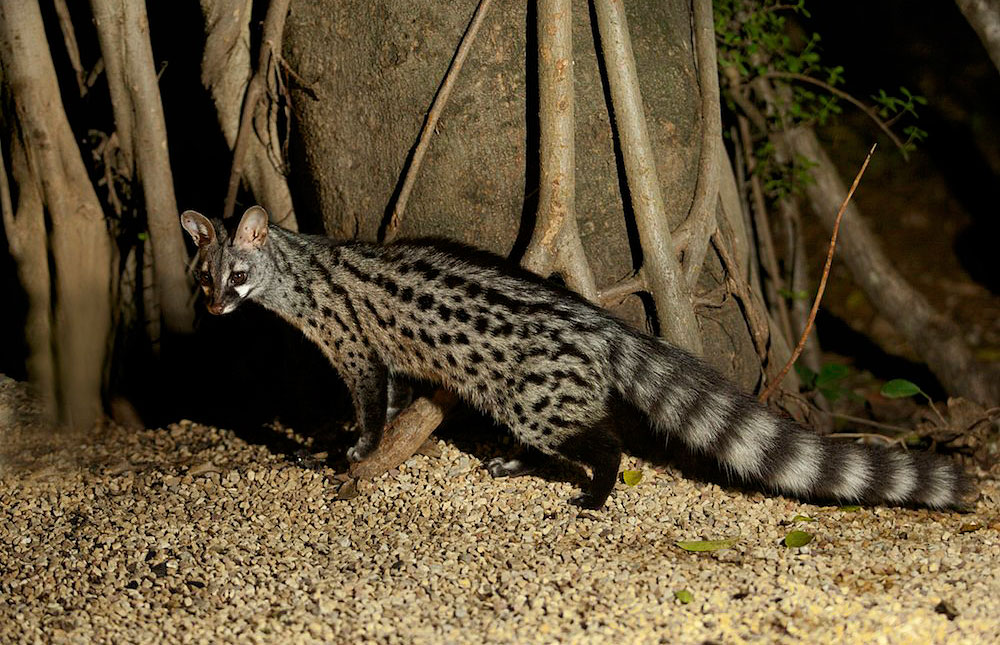
Its waters are full of carp, barbells, pike and ducks living among reeds, reed mace, and giant reeds and surrounded by holm oaks, junipers, savins and thyme - just a few of the more than 800 plant species to be found in this area which perfume the air around the lakes.
The source of these lakes is a series of springs and streams that come together between the towns Ossa de Montiel and Ruidera. This is how these small, shallow, crystal-clear lakes are formed. The Guadiana River (one of Spain’s longest) has its source here too, and her waters disappear underground for 15 km to then rise again in the towns of Villarubia de los Ojos and Daimiel.
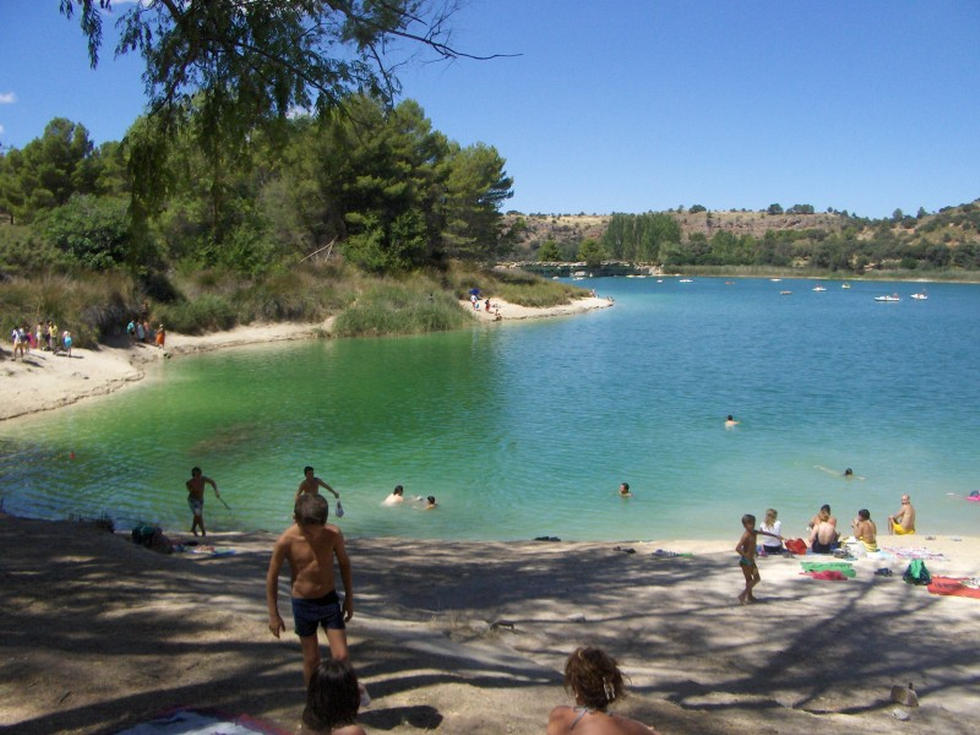
But the lakes are much more than just scenery and nature. In addition to the outings and water sports it is a fantastic area to enjoy hiking, hunting, fishing, horse riding or cycling, as well as 4x4 tours whihc are real fun! The more adventurous can practise paragliding or caving in the many fissures and grottos to be found in the area. And of course, you can play golf on a nine-hole course in the nearby town of Tomelloso, just fifteen minutes from the lakes there is also has a go-kart racing track. In Torrenueva there is also a five star hotel with a fantastic 18 hole golf course if you fancy some true creature comforts!

Even Miguel de Cervantes, the literary father of Don Quixote de la Mancha was captivated by the charm of the Ruidera lakes. He set part of his literary masterpiece in the Campo de Montiel area, which takes in most of the present-day Nature Reserve.
Nearby is Campo de Criptana, a town where we can admire the windmills Don Quixote mistook for giants and which are still fully integrated in the landscape of this welcoming land. It is also home to a unique local cuisine.
As far as gastronomy is concerned, there is an extended and varied choice of dishes: gachas (special dough), migas (breadcrumbs fried in garlic), ratatouille, broth with garlic, egg and bread, pulse stews, gazpacho (cold summer soup), game, caldereta (stew), roasts, duelos y quebrantos (chorizo and lamb brains sautéed with egg)... most of which appear in Cervante's immortal work. We cannot forget manchego cheese, which is known worldwide and made from sheep’s milk, or the wines of the area with its Designation of Origin. An true culinary delight to acompany Spain's great natural oasis.
Ver mapa más grande